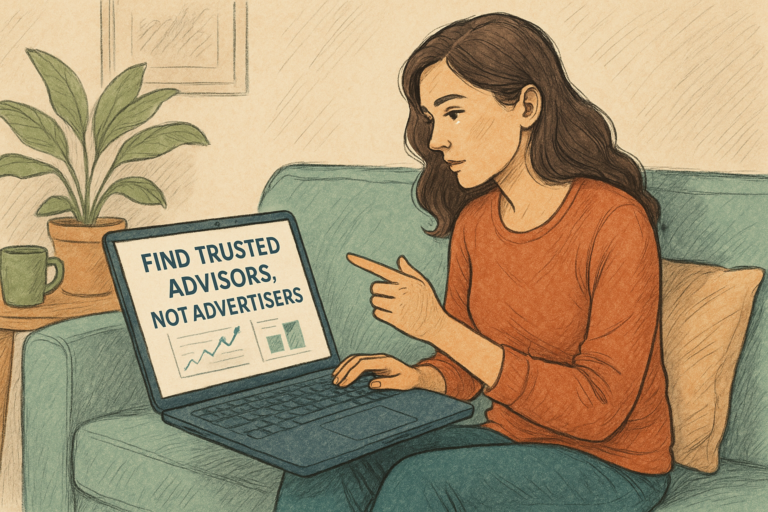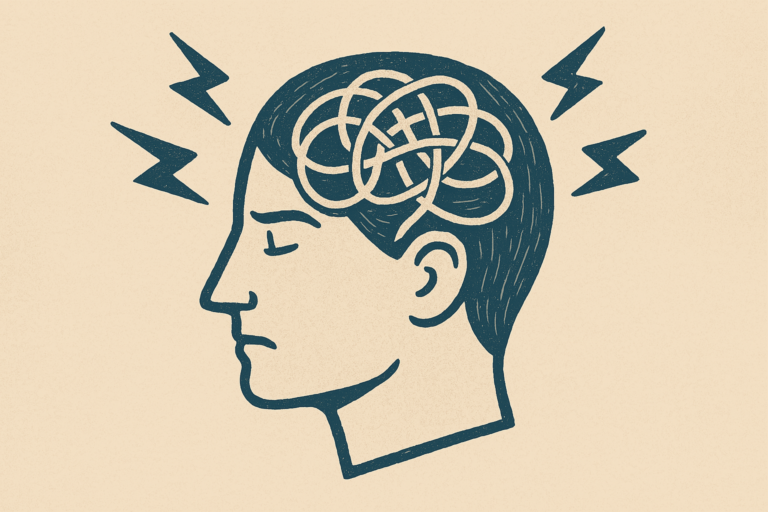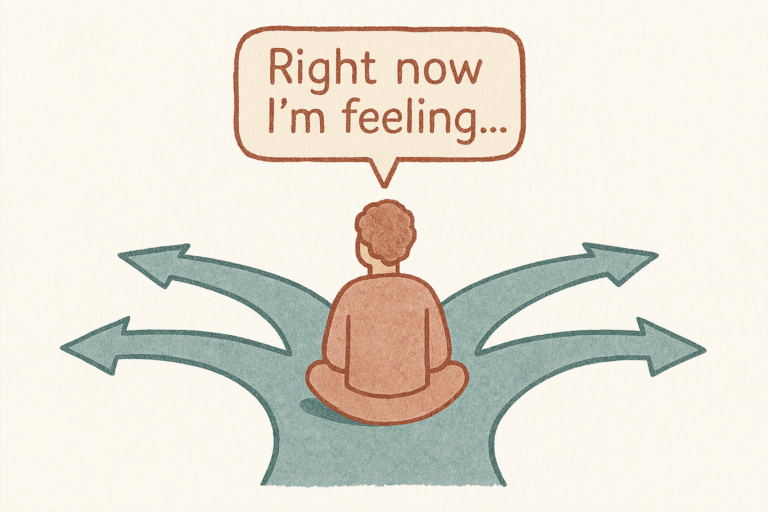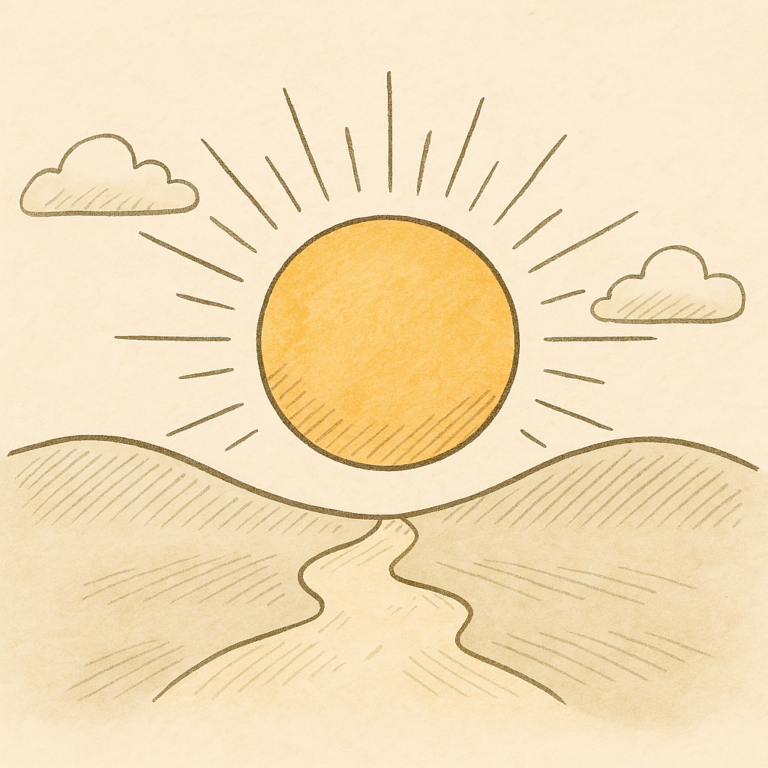The Promise of Self-Regulation
Calm isn’t a Personality; it’s a Practice
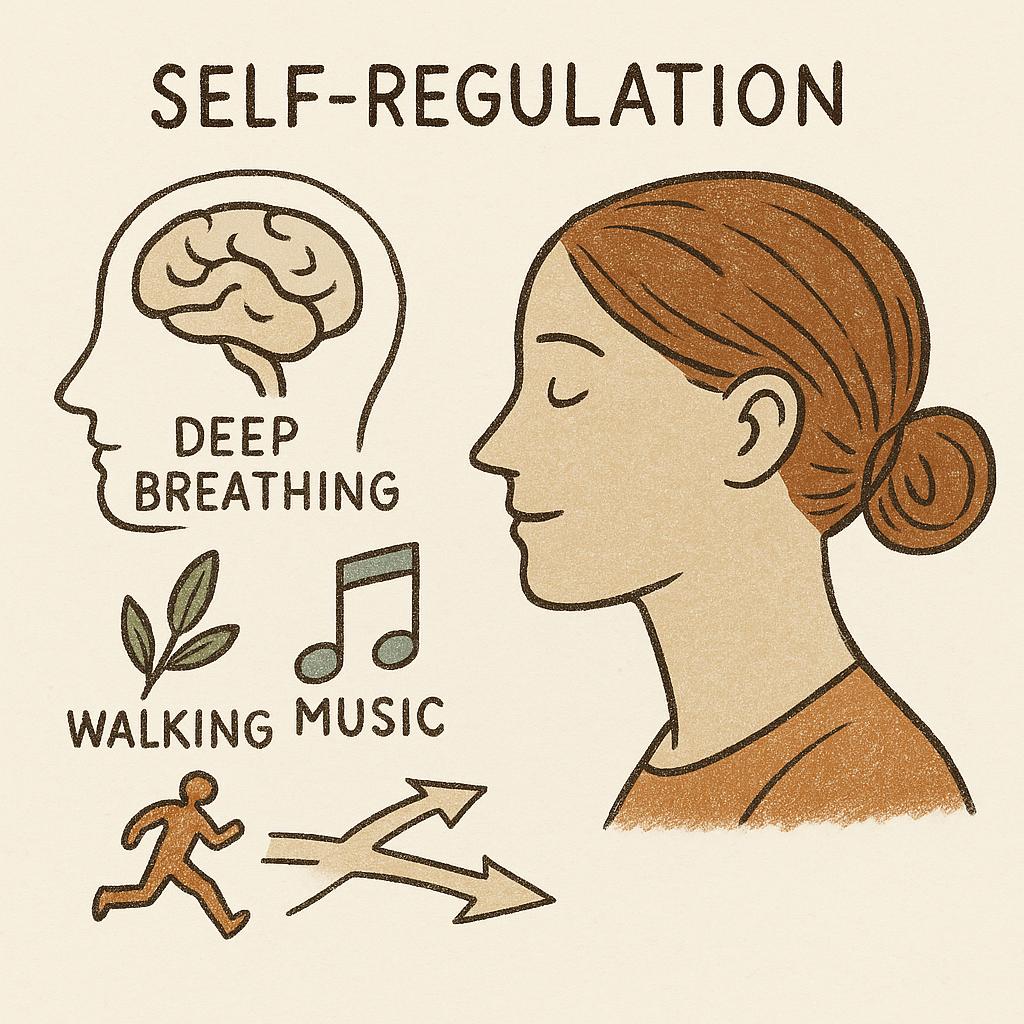
Stress doesn’t just affect your thoughts. It lives in your body.
When you learn to calm your body, you reclaim the ability to choose your response. That’s what self-regulation is all about.
Self-regulation is the capacity to manage your thoughts, emotions, and behaviors—especially under pressure. It allows you to pause before reacting, to shift your nervous system from threat to safety, and to take action that aligns with your values instead of your reflexes. It’s the space between impulse and action.
And here’s the good news: it’s a skill, not a trait. You can build it.
You can’t always control what happens—but you can train how you respond. That’s the promise of self-regulation.
Self-regulation isn’t about suppressing your stress. It’s learning to pause, breathe, and choose a better next step—even when your brain says panic.
Tweet
What’s your resilience level? Take the quiz at opalcoaching.com
#Resilience #SelfRegulation
Why does it matter?
Because stress doesn’t just live in your mind. It lives in your body. Racing thoughts, tension, irritability, and numbness—these are signals your nervous system is activated. When you build self-regulation, you learn how to calm your body before it takes over your choices.
Here’s what the science shows:
Your nervous system has two modes:
- Sympathetic – fight, flight, freeze, or fawn
- Parasympathetic – rest, reset, recover
Your Body Is Always Talking—Are You Listening?
When your stress response is activated, it hijacks your system:
- Your heart rate spikes.
- Your breathing shortens.
- Your impulse control drops.
- Your thoughts speed up or shut down.
You might find yourself reaching for another snack, snapping at someone you care about, or doom-scrolling news headlines you can’t control. These are not failures of willpower—they’re signs your body needs regulation.
You don’t need to stop having impulses. You just need to stop acting on every one of them. Small daily practices can shift your body into that calmer mode—and over time, they build resilience. Regulation creates a pause between trigger and action. That pause is where choice—and resilience—live.
To Do:
 Reflection Prompt:
Reflection Prompt:
What’s one small practice that calms your body or mind?
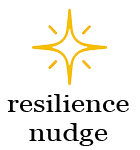 Resilience Nudge: Small actions regulate your nervous system—and small wins build bigger capacity.
Resilience Nudge: Small actions regulate your nervous system—and small wins build bigger capacity.
- Choose one calming practice to try this week: walking, stretching, deep breathing, progressive muscle relaxation, or even limiting news exposure or watching a feel-good show.
- Try a “Name It to Tame It” check-in: Identify the feeling, breathe through it, and return to the present moment.
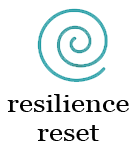 Resilience Reset:
Resilience Reset:
You don’t rise to the level of your goals—you fall to the level of your routines and reflexes.
To Read
“Atomic Habits” by James Clear—While not specific to self-regulation, this book offers practical strategies for building habits and breaking automatic cycles—perfect for developing calming routines.
To Watch
“How to Rewire Your Brain for Calm and Clarity” – Interview with Dr. Andrew Huberman
Dr. Huberman, a neuroscientist at Stanford, explains how practices like breathwork and cold exposure impact self-regulation through the nervous system.
Next
In the next post, we’ll look at how optimism fuels resilience—not as blind positivity, but as a grounded belief in your capacity to find a way forward.
